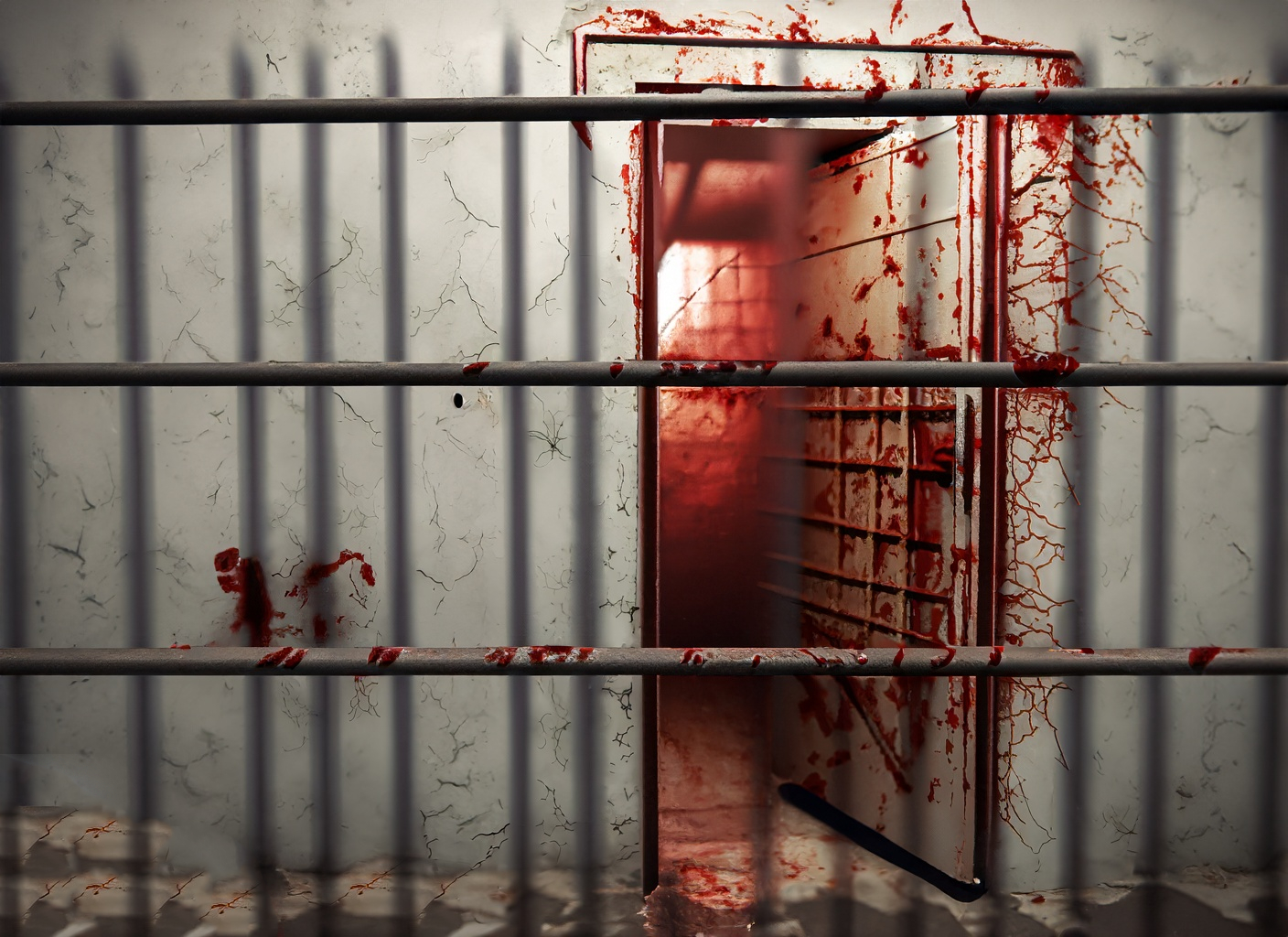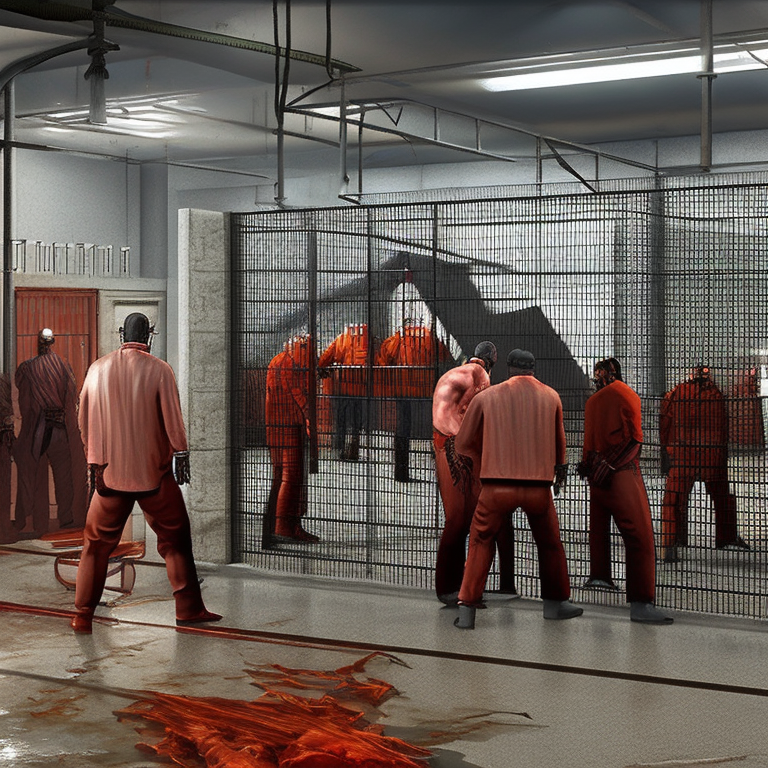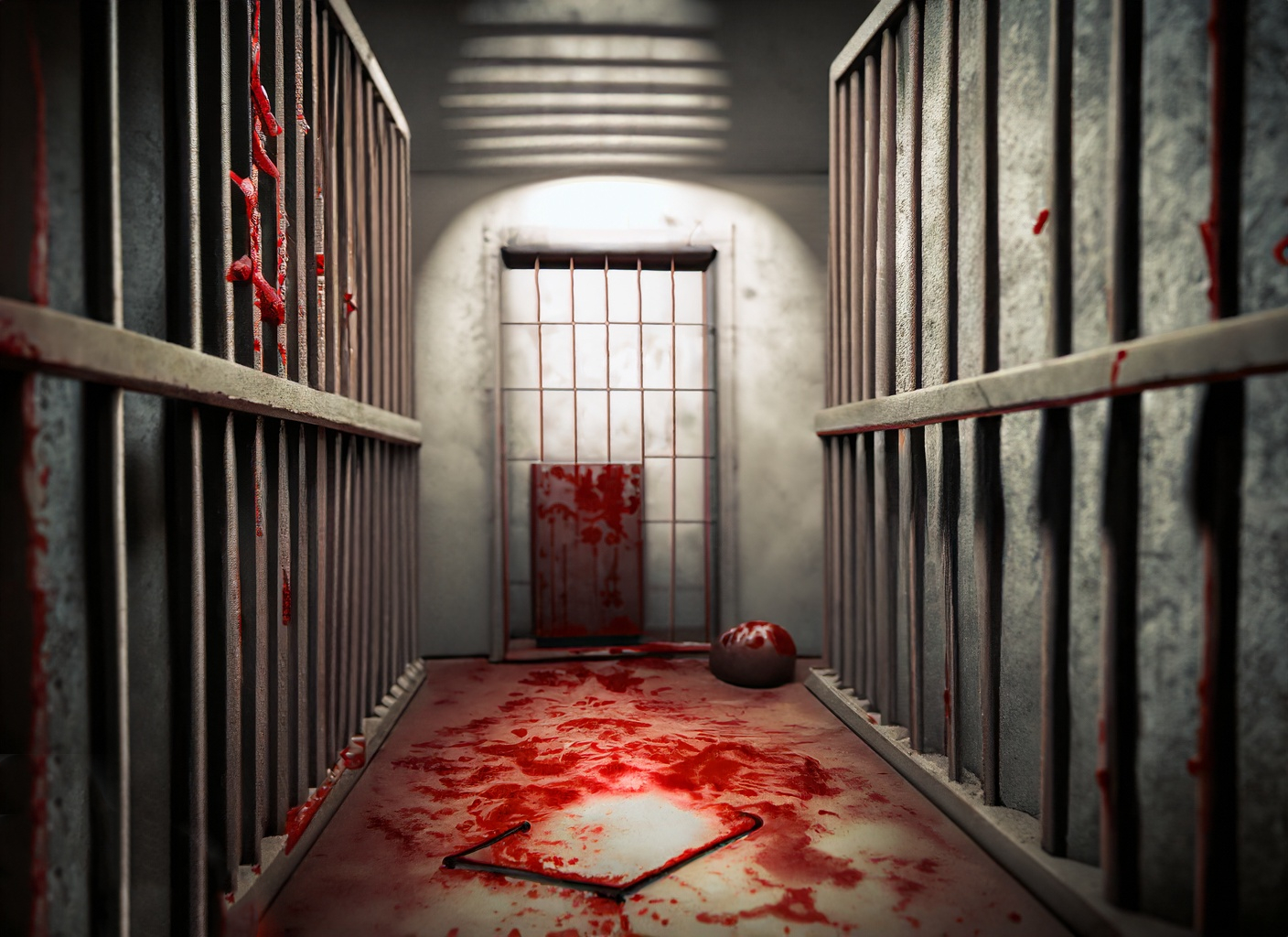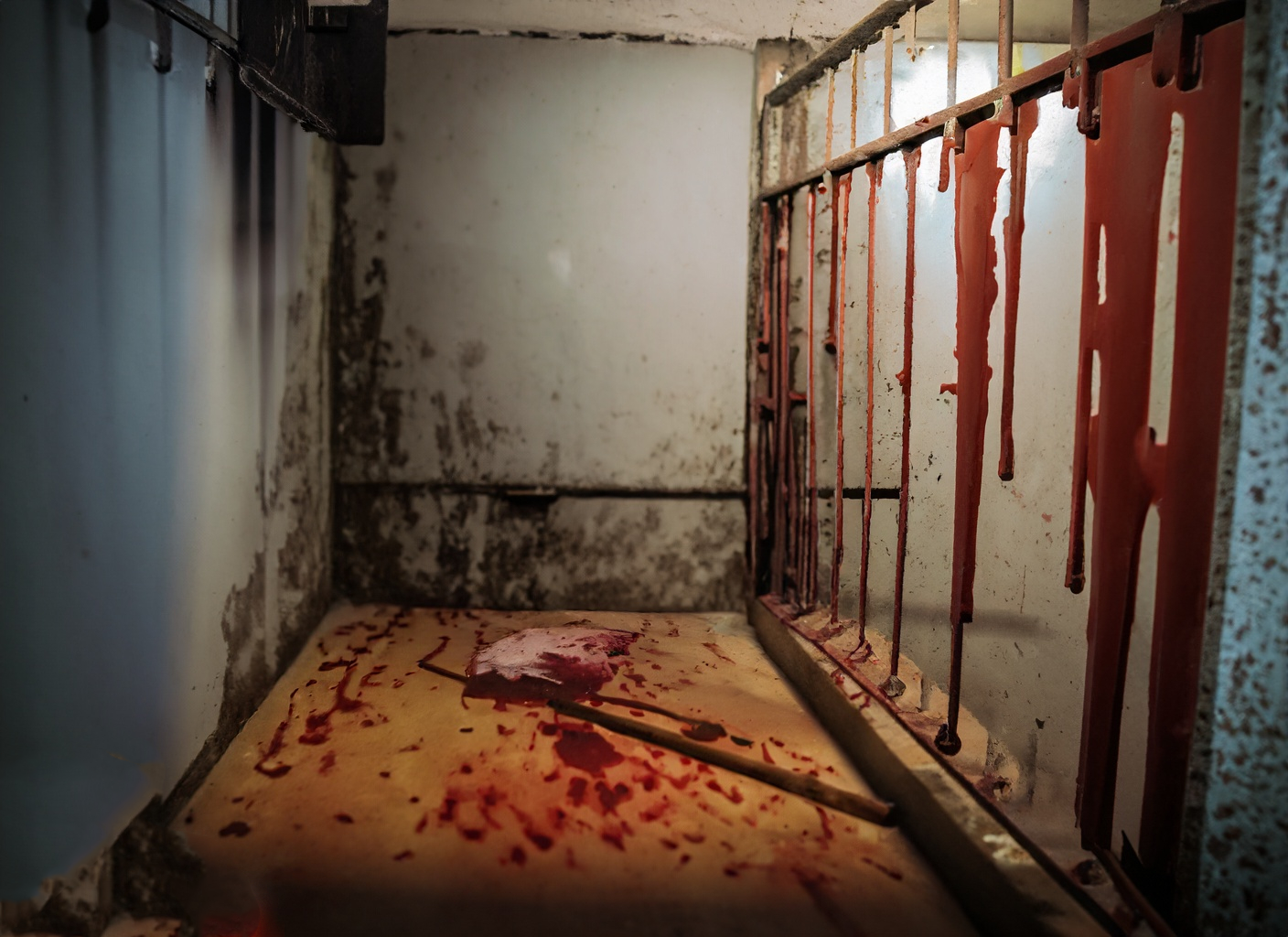
An Unchecked Brutality: Inside the Dark Underbelly of LA’s Prisons
Imagine a world where prisoners are seen as less than human, where violence is the norm and care is the exception. This is not a dystopian novel. It is the grim reality of the LA prison system.

A chilling, 20-minute clip paints a picture of systemic, normalized brutality. Dozens of men gather in a common area when suddenly violence erupts. Unchecked punches, kicks and stabbings ensue, as victims are left to fend for themselves in the absence of any jailers. For over ten minutes, the victim tries to clean up his own blood while the spectators return to their workouts. The attack resumes, and only after fourteen long minutes, does a deputy show up.
Such scenes are commonplace in the dangerously overpopulated LA prisons. But what is equally troubling is the apathetic response of the system that fails to intervene. Michele Deitch, a senior lecturer in criminal justice, called the lack of supervision “mind-boggling.”

Despite video evidence, the LA County Sheriff’s Department stated that the attack happened between the guards’ rounds, and the cameras’ video feeds were not being monitored in real time. Even after four years, they still aren’t.
This is not just a one-time occurrence but a disturbingly regular pattern. A compilation of videos from the jail’s surveillance systems shows several instances of violence. Men are so accustomed to violence that they carry on with their routine, unaffected by the brutal incidents happening feet away. It’s a haunting testament to how these inhumane conditions have become their new normal.
Despite the outcry, deputy violence persists. From videos of jailers beating a man in the head, to a woman giving birth in a bloody puddle on a jail floor – the system has failed miserably in its duty to provide the basic care for its inmates.
The thumb drive, discovered in the trash by an inmate, contains an array of violent videos and confidential reports. The compilation spans six years and reveals an alarming insight into the jail’s culture of violence and negligence. The former inmate, who has chosen to remain anonymous, expresses shock at the graphic content, questioning the “training value” of such brutal incidents.

This disturbing insight should incite outrage about the appalling conditions in our prison system. Change is urgently needed. Jail reform is not just about a new facility or different guards; it’s about human rights.
The Problem: Reports of Violence and Neglect
Just as troubling is the prison’s response to the allegations of mistreatment. As per the Los Angeles Times, internal investigations are often inadequate, with deputies rarely facing disciplinary action. Reports suggest that the accountability system within the jail is fundamentally flawed, leading to an escalating cycle of violence and neglect.
The Findings: A Grand Jury Report
In 2023, a grand jury report found that the Los Angeles County Sheriff’s Department had failed to take necessary steps to prevent violence. The report laid bare a culture of violence that had taken root in the jails, with deputies regularly using excessive force and engaging in alarming practices. This culture has led to numerous deaths and injuries, many of which have gone unreported.
Looking Beyond the Surface: Systemic Issues at the Core
The issue at hand extends beyond individual failings and seems to be deeply rooted in the system. Echoing the concerns of many, The New York Times pinpoints overcrowding as one of the key systemic issues, a condition that exacerbates tension and violence among inmates.
Inadequate Healthcare: A Hidden Crisis
Further complicating the issue is the severe lack of adequate healthcare within these facilities. In an environment where mental health issues and physical ailments are often intertwined with the challenges of incarceration, insufficient medical care can lead to dire consequences, escalating the crises within these walls.
Outdated Infrastructure: An Obstacle to Progress
Last, but certainly not least, the outdated infrastructure of the jail system poses another massive hurdle. Ageing facilities not only make it difficult to manage the growing prison population effectively but also often lack the necessary provisions for implementing reforms and better living conditions. Therefore, significant investment in infrastructural modernization is imperative for any tangible change.
The Solutions: Policy Changes and Oversight
While the problems are daunting, solutions exist. Some suggest the implementation of body cameras, mandatory mental health training for deputies, and an external oversight committee with full access to the jails. Others advocate for a shift towards more rehabilitative services and away from punitive measures. It’s high time for these reforms to take place, ensuring that LA’s prisons become a place of correction and rehabilitation, not violence and neglect. Doing so would be a feat that’s equal to stopping a mega tanker that is on the ocean, and turning it on a dime.
Amid the dark reality of LA’s prisons, the voice of its inhabitants must not be silenced. Their stories shed light on a system in dire need of reform and remind us of the human rights that are routinely trampled within prison walls. As we look towards the future, let us not forget the urgency of these issues and the lives at stake.